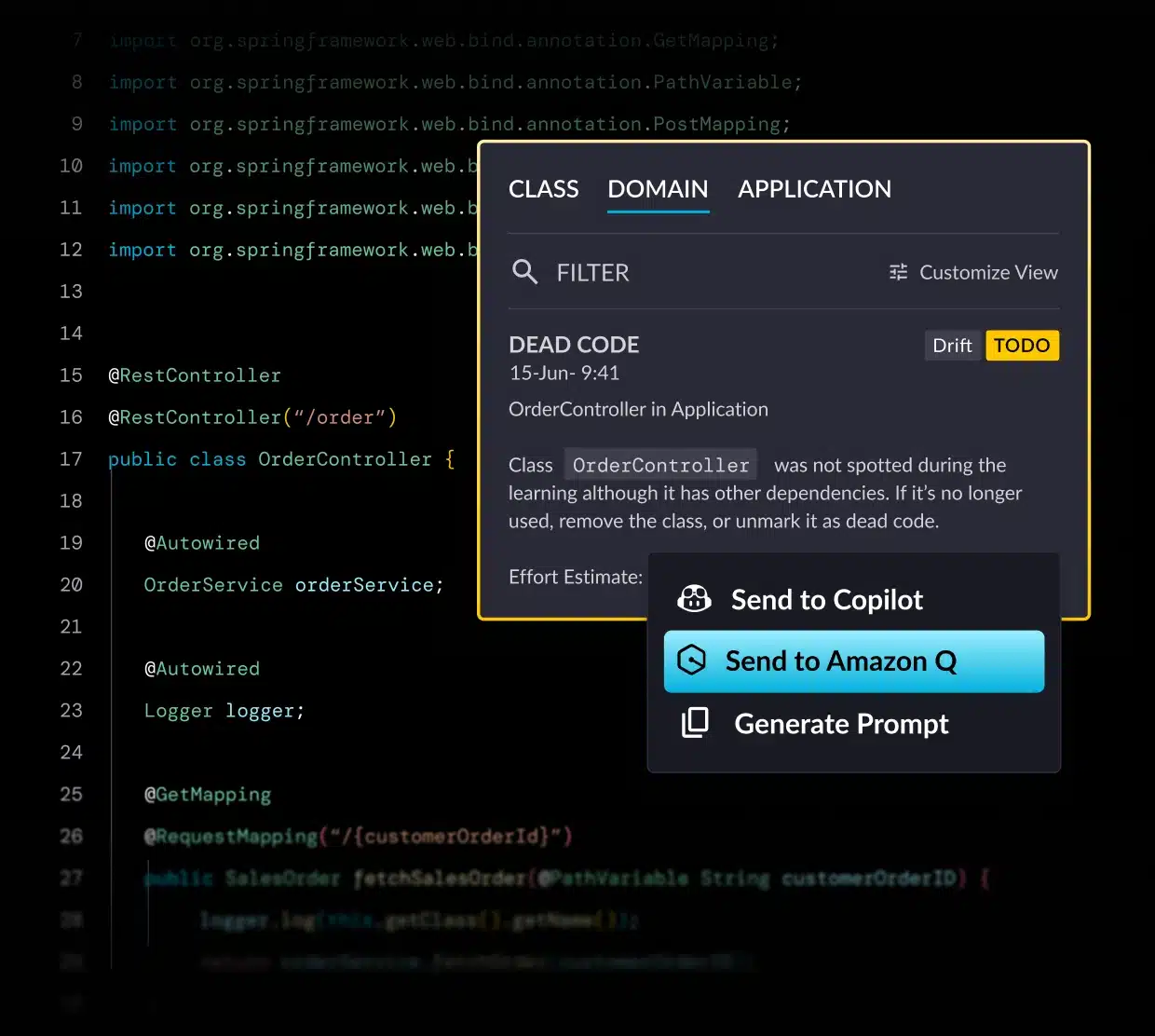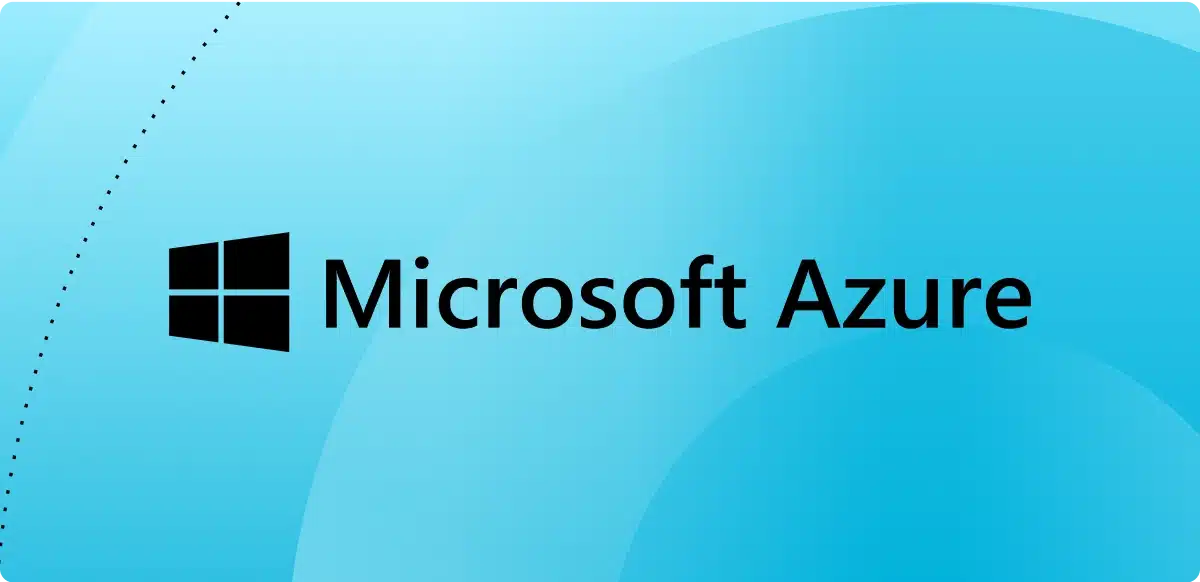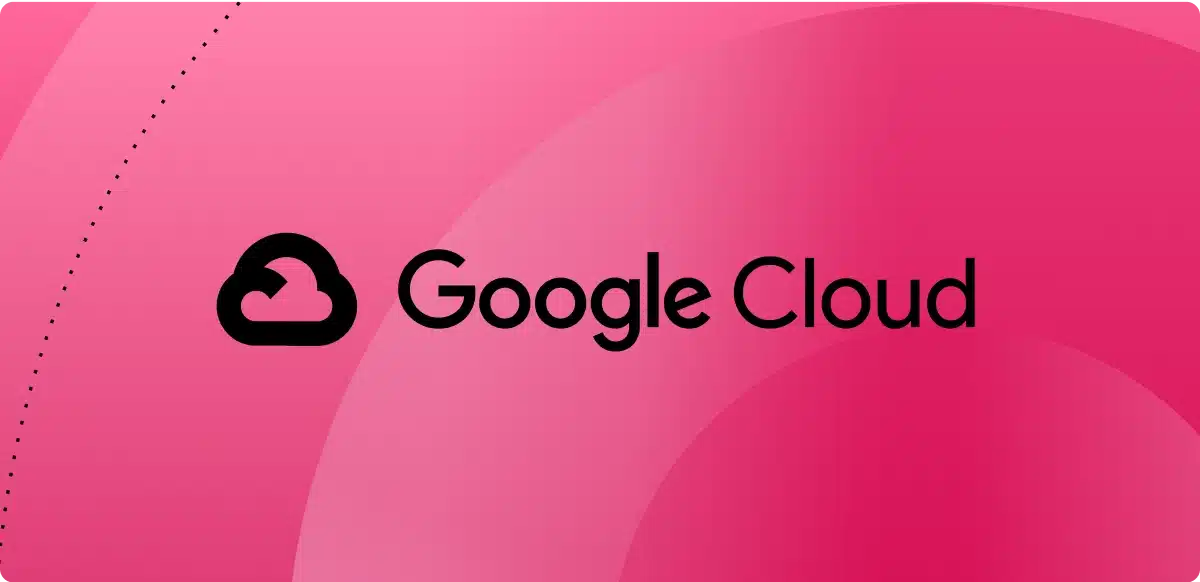Architectural modernization
Your fastest route to cloud native
-
Accelerate modernization with GenAI-powered automation
-
Break Java & .NET monoliths into modular services
-
Analyze and fix architectural technical debt
-
Deliver architecture-aware context to AI code assistants
-
Go beyond upgrades into true cloud-native transformation
Pricing defined by application t-shirt size and number of apps. See features










